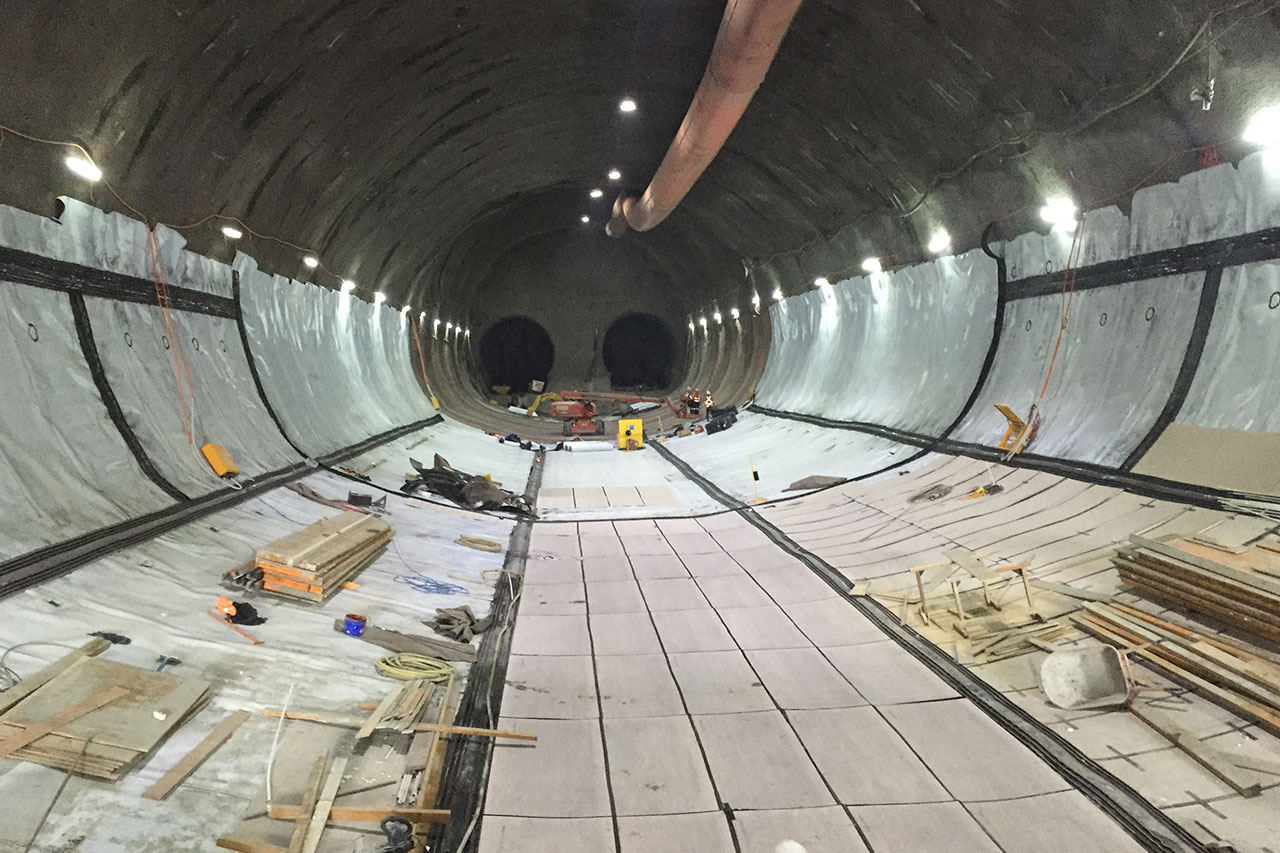Underground structures have been utilized for thousands of years, from the underground tunnels of the ancient Egyptians to the modern-day subway systems of major cities. These structures offer a range of benefits, including increased safety, energy efficiency, and the ability to optimize land use.
One of the primary benefits of underground structures is their increased safety. Underground structures are inherently protected from many types of natural disasters, including hurricanes, tornadoes, and earthquakes. Additionally, underground structures can be designed with features such as fire-resistant materials, emergency exits, and ventilation systems to enhance safety even further.
Another benefit of underground structures is their energy efficiency. Underground structures maintain a consistent temperature throughout the year, reducing the need for heating and cooling systems and lowering energy costs. In addition, underground structures can be designed with features such as natural lighting and energy-efficient lighting systems to further reduce energy consumption.
Underground structures also offer the ability to optimize land use. With growing urbanization and limited space in urban areas, underground structures provide a way to expand infrastructure without taking up valuable surface space. This is particularly important in densely populated areas where surface space is at a premium.
There are various types of underground structures, ranging from transportation systems like subway tunnels to underground storage facilities, utility tunnels, and stormwater management systems. Each type of structure has its own unique benefits and challenges.
Transportation systems like subway tunnels provide fast and efficient transportation in urban areas, reducing traffic congestion and improving air quality. However, the construction and maintenance of these systems can be expensive and may have environmental impacts.
Underground storage facilities can be used for a range of purposes, from storing food and water to preserving art and historical artifacts. These facilities provide protection from natural disasters and can be designed to maintain specific temperature and humidity conditions.
Utility tunnels are used to distribute utilities such as power, water, and telecommunications. These tunnels can reduce the need for overhead infrastructure and minimize disruptions to surface activities.
Stormwater management systems like underground retention tanks and tunnels help to manage stormwater runoff, reducing the risk of flooding in urban areas.
In conclusion, underground structures offer a range of benefits, including increased safety, energy efficiency, and optimized land use. While each type of structure has its own unique benefits and challenges, the continued development and use of underground structures is an important aspect of sustainable urban development.

